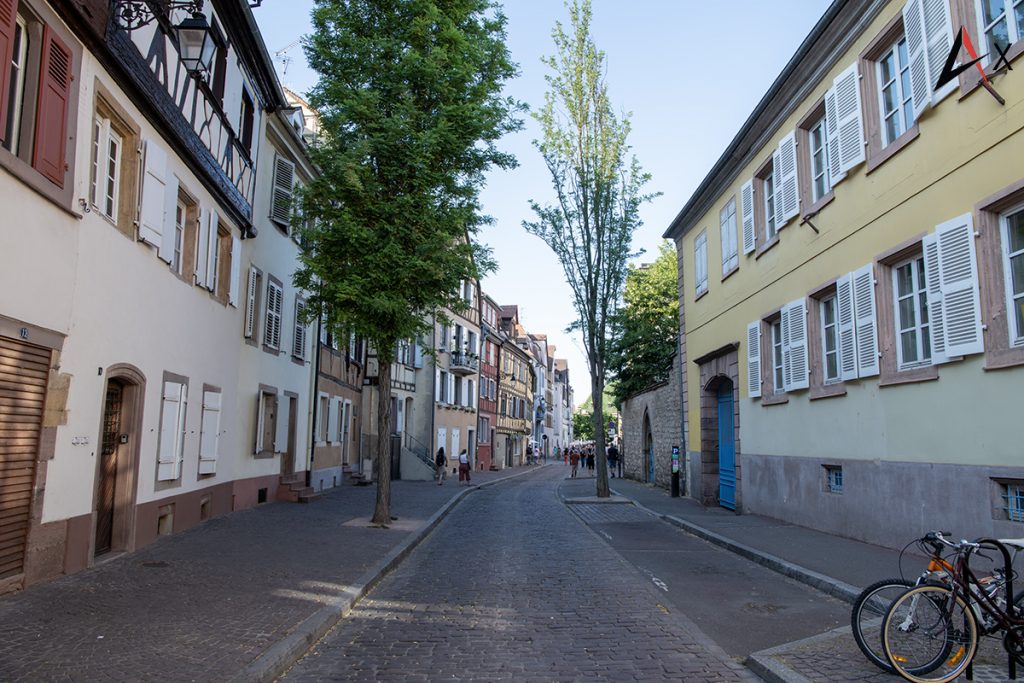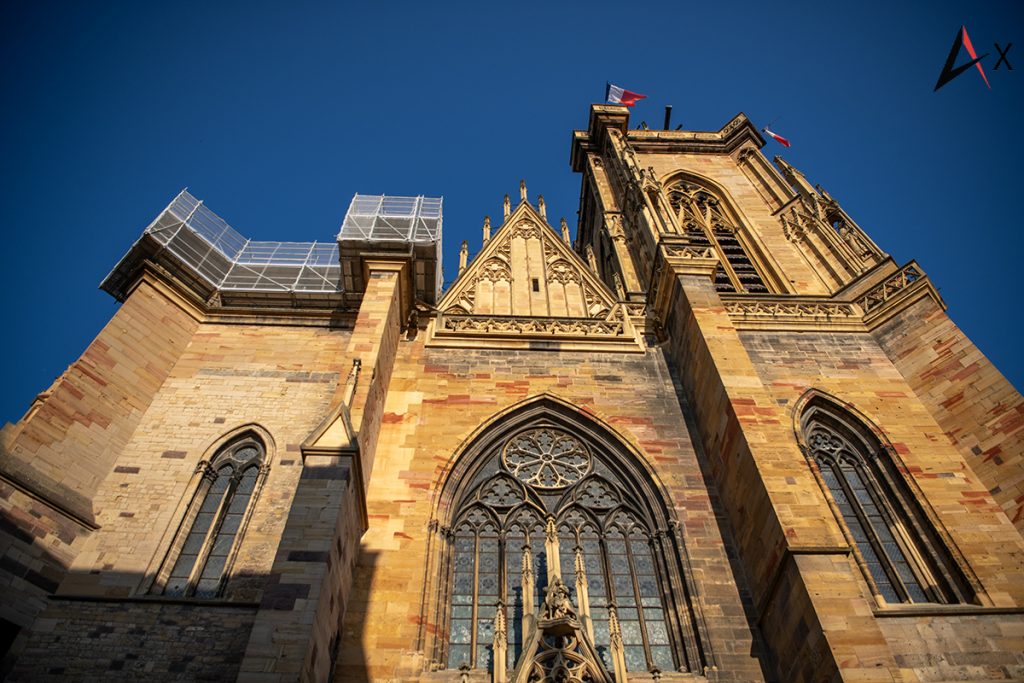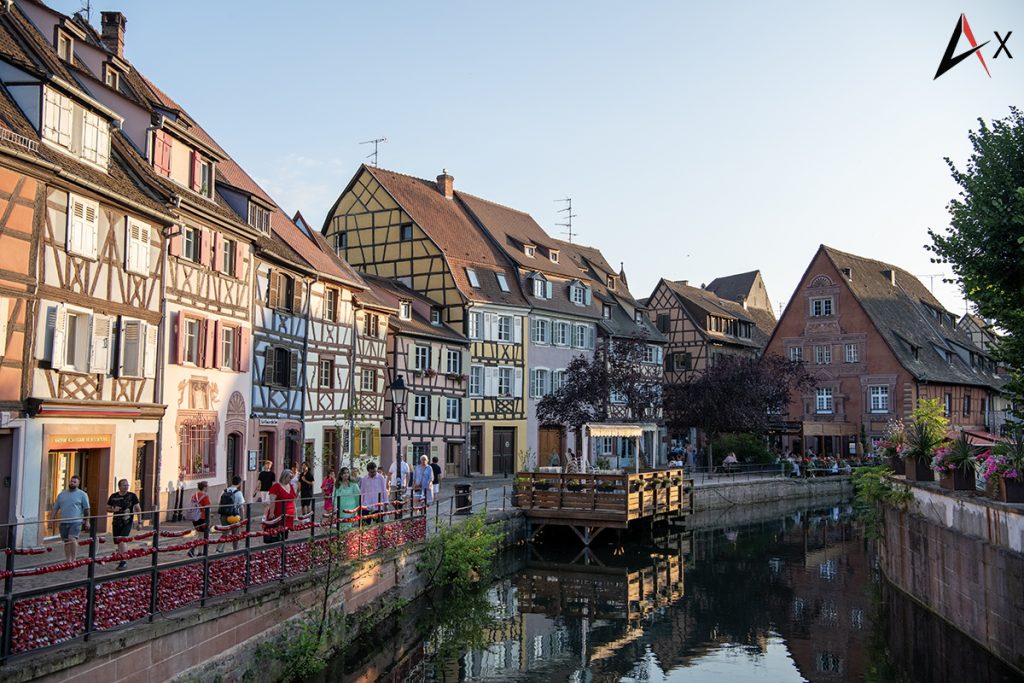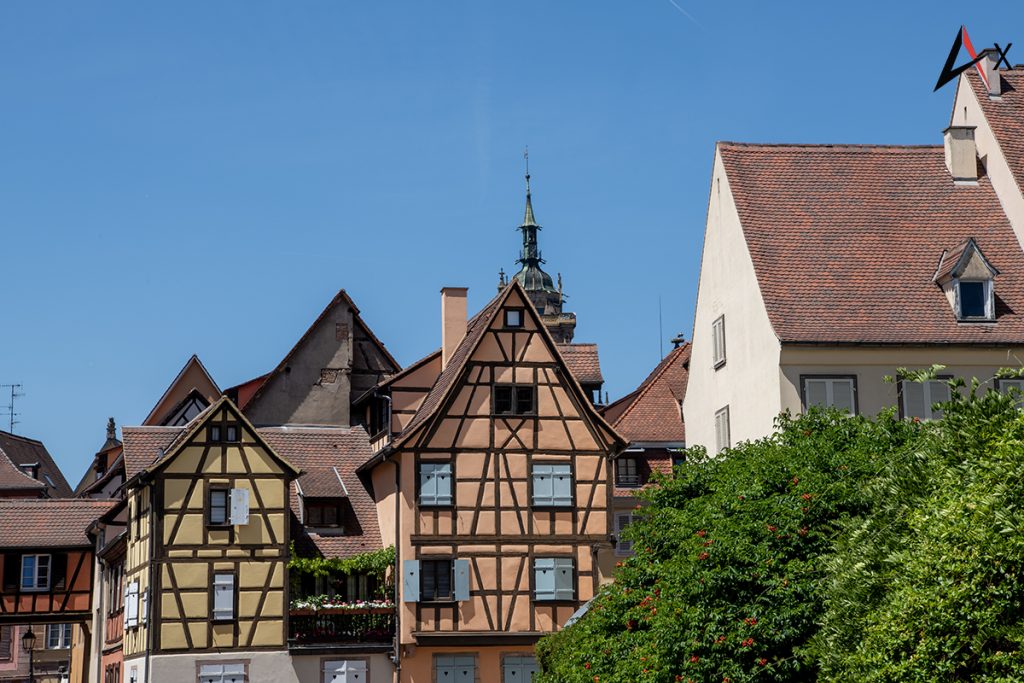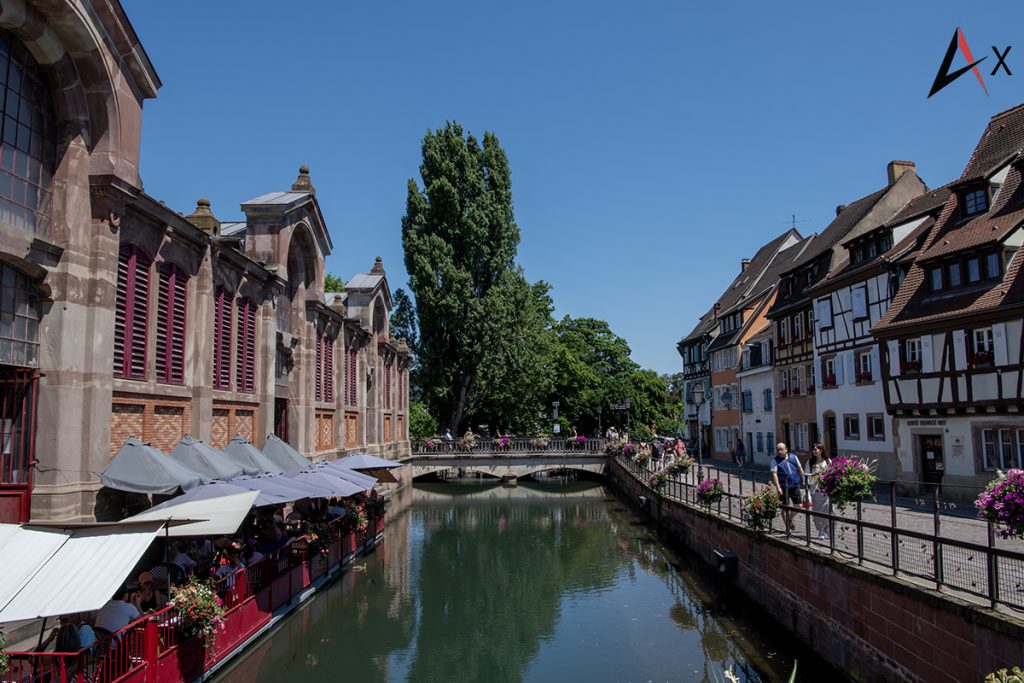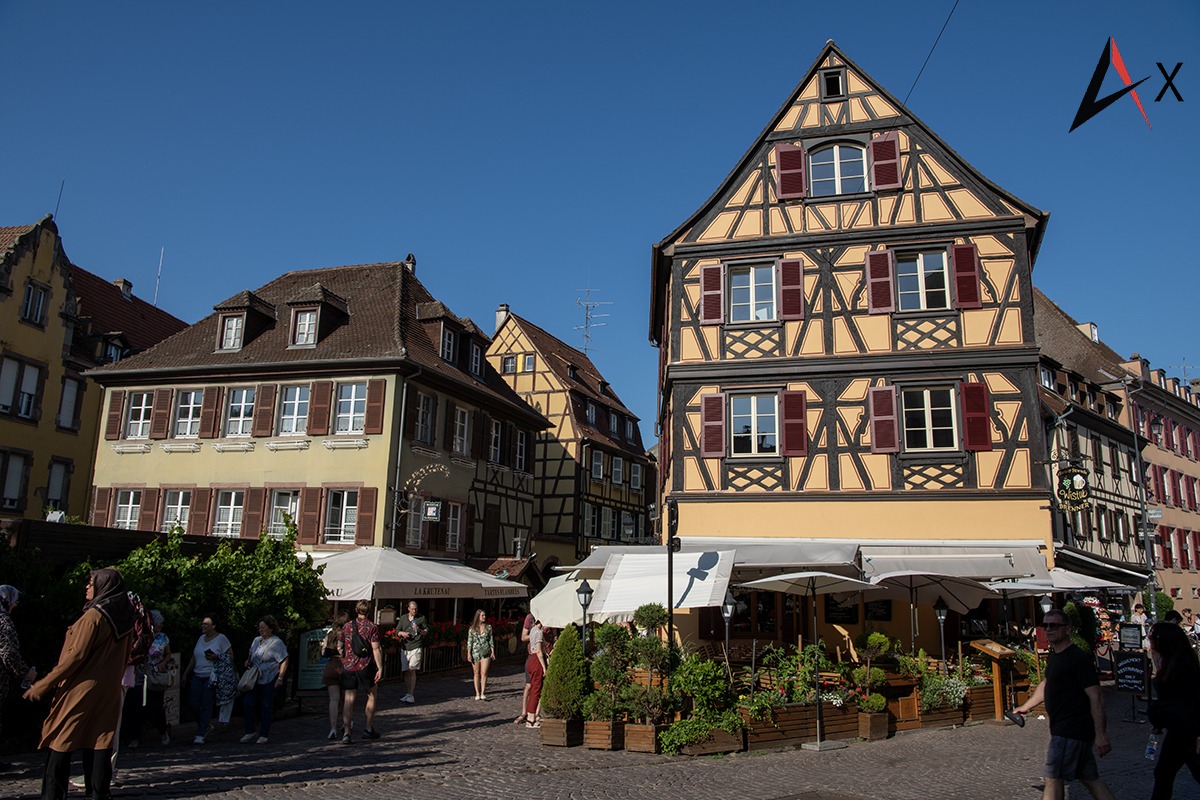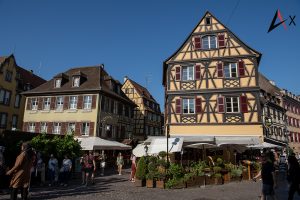About Colmar
Colmar is a city and commune situated in the Haut-Rhin department within the Alsace region of northeastern France. It ranks as the third-largest commune in Alsace, following Strasbourg and Mulhouse, and serves as the administrative seat of the Haut-Rhin prefecture as well as the subprefecture of the Colmar-Ribeauvillé arrondissement.
The city is distinguished for its extensively preserved historic old town, numerous architectural landmarks, and cultural institutions, notably the Unterlinden Museum, which houses the renowned Isenheim Altarpiece.
Located along the Alsatian Wine Route, Colmar proudly considers itself the capital of Alsatian wine (capitale des vins d’Alsace).

History of Colmar
Colmar was first documented by Charlemagne in his chronicle concerning the Saxon Wars. It served as the location where Carolingian Emperor Charles the Fat convened a diet in 884. The city was granted the status of a free imperial city by Emperor Frederick II in 1226 and subsequently joined the Décapole league of ten free cities in 1354.
In 1575, Colmar formally adopted the Protestant Reformation, following the example set by neighboring cities such as Strasbourg and Sélestat. During the Thirty Years’ War, it was occupied by the Swedish army in 1632 and remained under Swedish control for two years. Notably, in 1634, the Schoeman family established the city’s first library. In 1635, Imperialist forces devastated the city’s harvest, prompting residents to repel them from the walls.
The city was annexed by France under King Louis XIV in 1673 and officially ceded through the Treaties of Nijmegen in 1679. In 1854, a cholera epidemic claimed numerous lives in Colmar. Following the Franco-Prussian War, Alsace, including Colmar, was ceded to the newly formed German Empire in 1871 and incorporated into the province of Alsace-Lorraine. The city was restored to France after World War I, as per the Treaty of Versailles in 1919. It was subsequently annexed by Nazi Germany in 1940 and reverted to French control after the Battle of the Colmar Pocket in 1945.
Since 1947, Colmar has been governed predominantly by conservative parties, including the Popular Republican Movement (1947–1977), the Union for French Democracy (1977–1995), and the Union for a Popular Movement (since 1995), with only three mayors serving during that period.
The Colmar Treasure, a cache of valuable objects concealed by Jewish residents during the Black Death, was discovered in the city in 1863.
